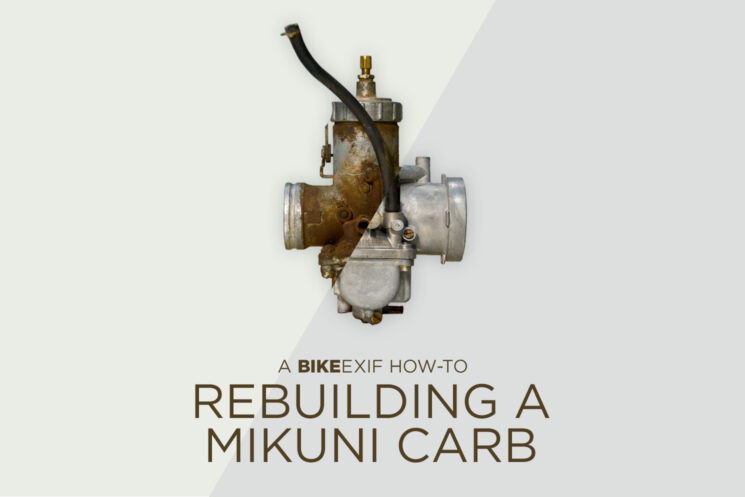
Mikuni round-slide carburetors are among the most typical and dependable carburetors discovered on basic bikes and powersports gear, and rebuilding one is unquestionably a gearhead proper of passage. If you happen to’ve received a little bit of mechanical sense and a fundamental set of instruments, you may positively get the job performed, and lastly have that outdated bike operating once more.
We’ve rebuilt sufficient Mikuni carburetors to subject a whole military of powersports gear, and have just a few methods up our sleeve for getting the job performed proper. It’s a reasonably easy affair, and we’ve outlined the entire course of on this how-to video under utilizing some actually crusty VM34s from our 1972 Suzuki Titan 500. If this isn’t your first rodeo with a Mikuni spherical slide, we’ve outlined 5 key areas that would enhance your carb-rebuilding recreation.
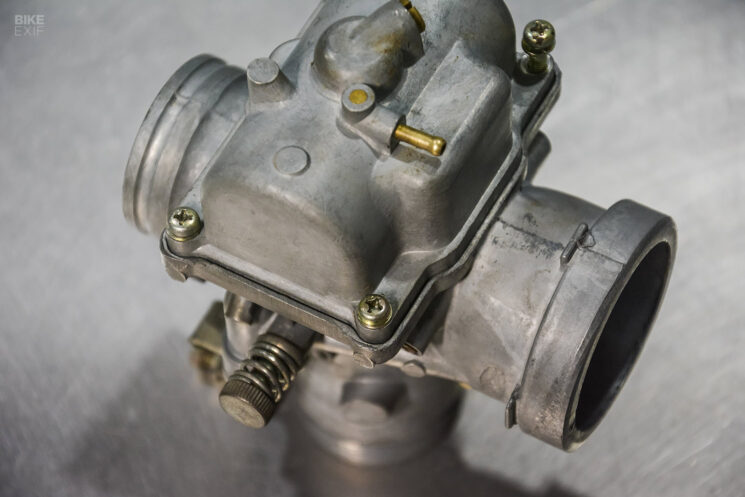
Gas Bowl Appears elementary, I do know, however there are a number of methods to screw up eradicating a Mikuni round-slide gasoline bowl. Mikuni makes use of 4 JIS (Japanese Industrial Normal) screws to retain the gasoline bowl. JIS drivers and screws aren’t designed to “cam out” at a selected torque like Phillips screws are. Generally, you may get by with an ordinary Phillips, however the appropriate software could be a JIS No. 2.

As soon as the screws have been eliminated, you’ll discover the bowl will stay caught to the carburetor physique, and some smacks with the deal with of your screwdriver will loosen it up. This can be a level the place it pays to take some additional care. The unique bowl gasket on the Mikuni is fairly robust, and you’ll nearly all the time reuse it. Nonetheless, the gasket can generally keep on with the bowl and the carb physique, and it might probably tear in the event you proceed eradicating the bowl.
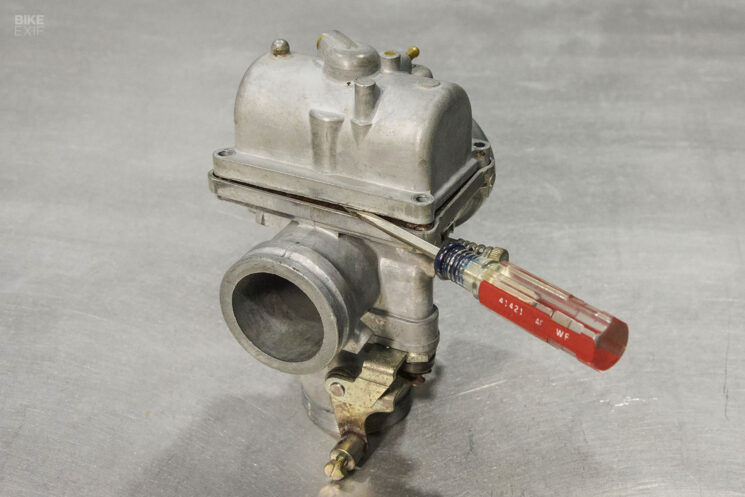
If this occurs, run a small straight blade alongside the bowl gasket floor to separate the gasket from the bowl. If the gasket isn’t torn, it’s tremendous to reuse it so long as your gasket floor is clear.
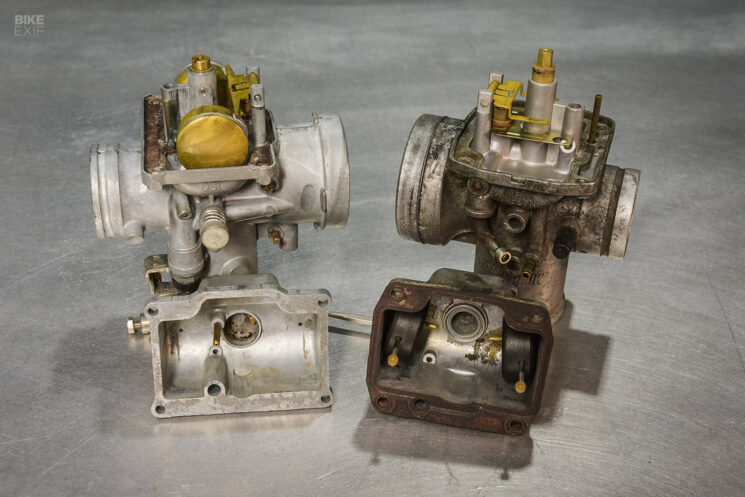
Float Meeting Your Mikuni spherical slide can have both brass or composite floats, and the meeting is just a little completely different for every. With both setup, you’ll have an arm that interfaces with the needle and seat; brass floats are normally affixed on to the arm, whereas composite floats prolong from the bowl and push on the arm with small pins.
The float arm pivots on a pin that goes between posts on each side of the needle and seat, and also you’ll should take away the pin to entry the needle and seat. On this carburetor from our Suzuki Titan, the pin doesn’t have a head on it, and easily fell out after jostling the carb. On many different Mikunis, this pin can have a head on one facet, and the holes within the posts are literally tapered for a good match. Make notice of what facet the top is on, and be sure you reinstall it in the identical path.
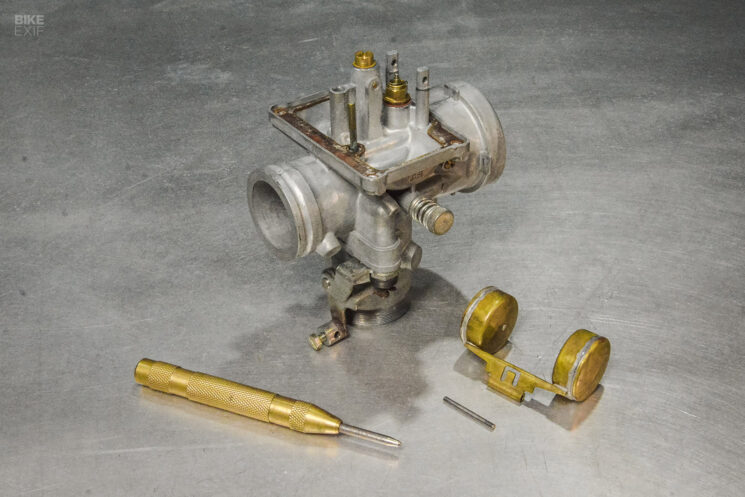
We’ve discovered a light-duty, spring-loaded heart punch to be the software of selection for eradicating tight float arm pins. Whereas the spring motion appears harsh, we’ve by no means damaged a float arm submit off utilizing a spring-loaded heart punch. I can’t say the identical for the standard punch and a hammer.
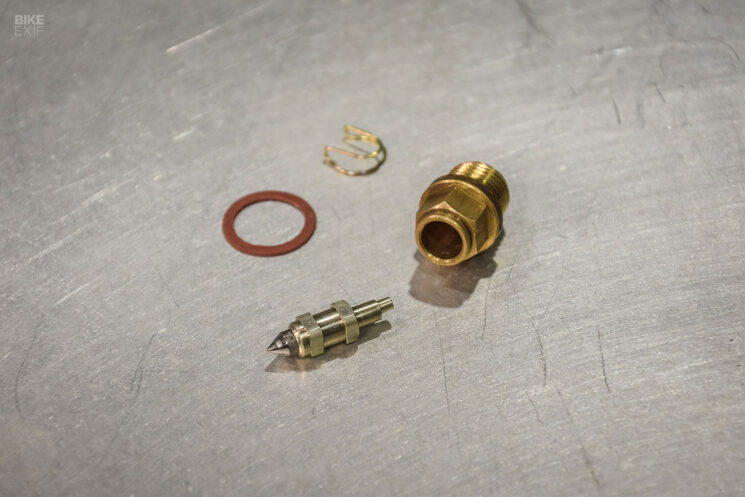
Needle and Seat Meeting You may rebuild Mikuni spherical slides again and again and never have a problem with the needle and seat, however when it lastly occurs, it’s a headache you received’t neglect. The needle and seat each have a tapered floor the place they interface with one another, and it’s crucial that this floor is completely clear. If there are visible imperfections, it’s normally junk, and generally even a perfect-looking needle and seat meeting can leak gasoline.
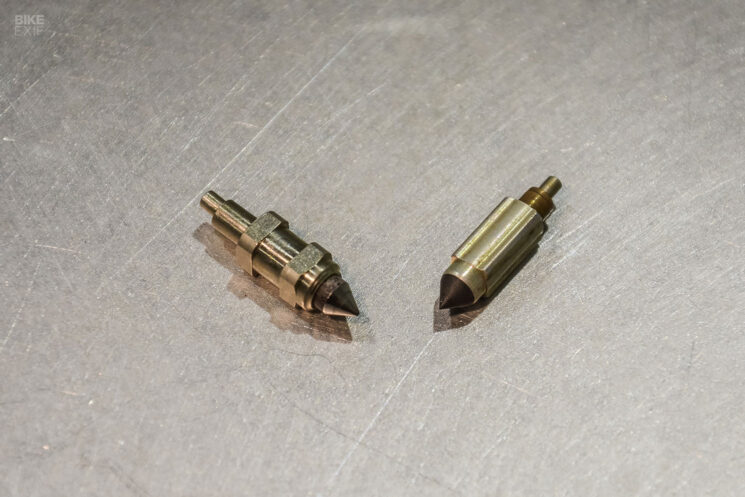
In case your machine is tough beginning, needs to flood out or has fuel leaking from the carburetor vent strains, the needle and seat might be your situation. If cleansing it doesn’t work, you’ll have to switch it, and we go for the viton-tipped needles every time doable.
If you happen to suspect the needle and seat is leaking, there’s a easy method to take a look at it. With the carburetor totally assembled, droop an acceptable gasoline reservoir a foot above the carb with a half-gallon of gasoline in it and join a gasoline line to the carburetor. If the needle and seat are leaking, you’ll discover gasoline within the carburetor physique after a couple of minutes. This course of is straightforward (albeit considerably of a moot level) on a bike with a gravity-fed gasoline tank, however in the event you’re engaged on one thing with a gasoline pump, it saves you a bunch of kicking, pulling or cranking, because the gasoline bowls at the moment are pre-filled.
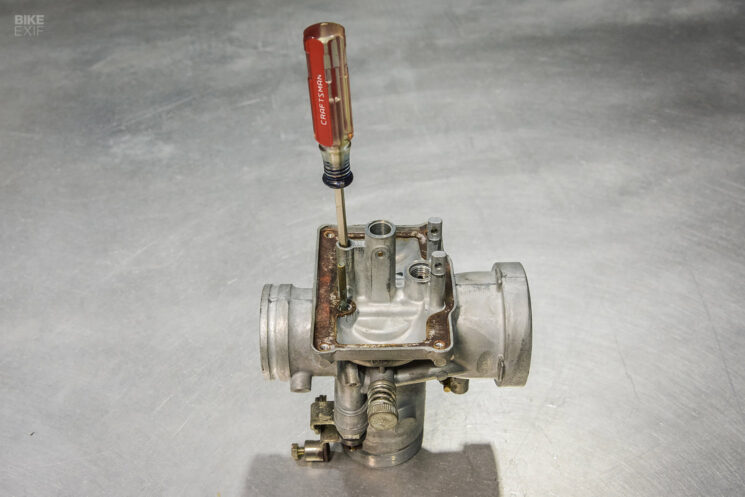
Pilot Jet The pilot jet is the smallest jet in a Mikuni carb and has tiny orifices, and as such, it’s nearly all the time clogged. The pilot is hidden within the tube ahead of the principle jet, and also you want a really particular screwdriver to get it out. My weapon of selection is a 1/8″ Craftsman straight blade, and if reminiscence serves, I even took just a little materials off the edges on the widest a part of the blade.
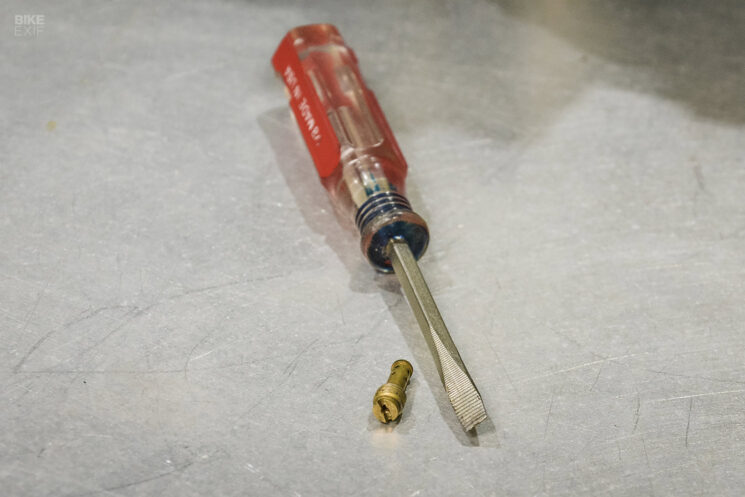
You’ll wish to apply a lot of downward stress when extracting the pilot jet, because the jet is product of brass and the slot is small. If you happen to strip it, you’re in a world of damage.
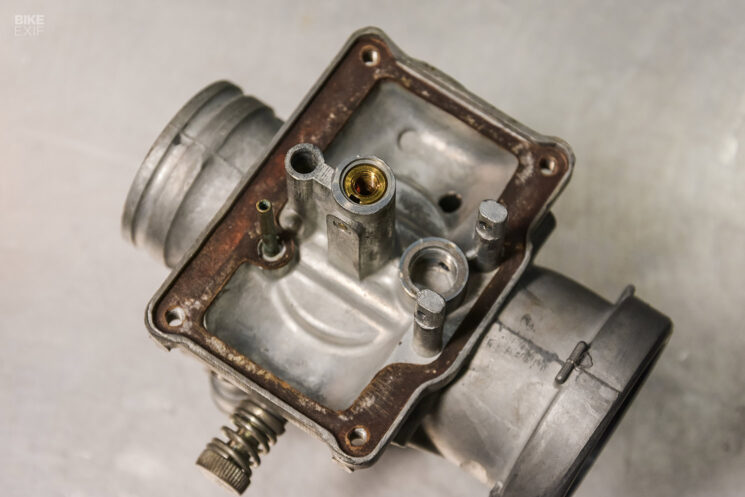
Emulsion Tube The emulsion tube is hidden beneath the principle jet, and generally is a actual ache to take away given its tight match within the carb physique. Many tinkerers decide to go away the emulsion tube within the carburetor for cleansing, however there are a few good causes to take away it.
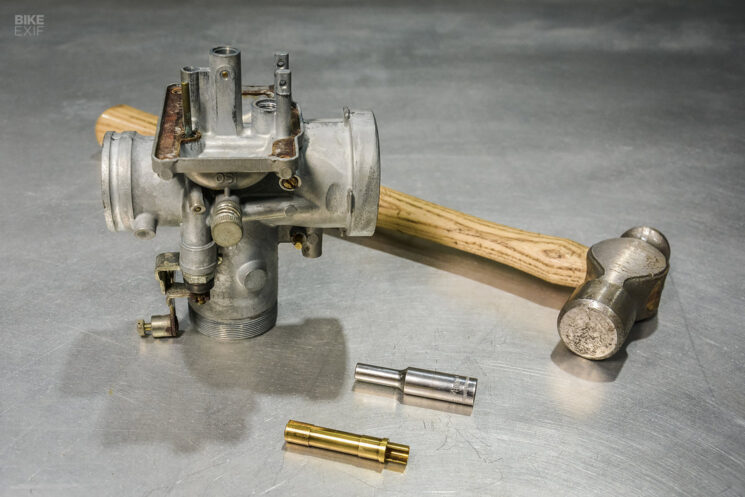
For one, there’s all the time some outdated gasoline trapped alongside the facet of the emulsion tube, and if left for too lengthy, it’ll flip gummy or crusty, making the tube tougher to take away. With the emulsion tube out, you may clear it significantly better, and also you’re capable of learn the half quantity and confirm that it’s the right piece. Keep in mind that emulsion tubes and jet needles are matched, and swapping to a unique jet needle profile could require a unique emulsion tube.
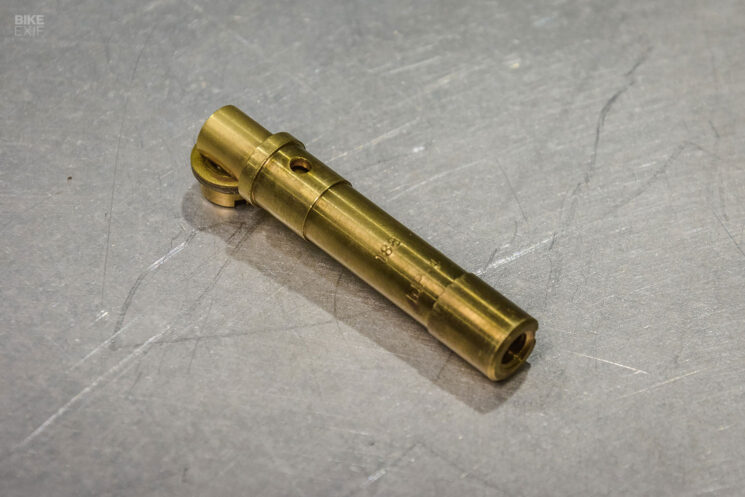
After eradicating the principle jet, we’ve discovered the most effective software for eradicating the emulsion tube is a small deep-well socket—normally one thing within the neighborhood of 4 mm. Decide one which doesn’t intrude with the emulsion-tube finding pin, and bear in mind to not hit the threads, or they’re toast!
Wish to see the method in depth? Try the video under to see our VM34 go from barn-fresh to minty.
The post Rebuilding Mikuni Spherical-Slide Carburetors appeared first on lickscycles.com.
source https://lickscycles.com/rebuilding-mikuni-spherical-slide-carburetors/?utm_source=rss&utm_medium=rss&utm_campaign=rebuilding-mikuni-spherical-slide-carburetors

No comments:
Post a Comment